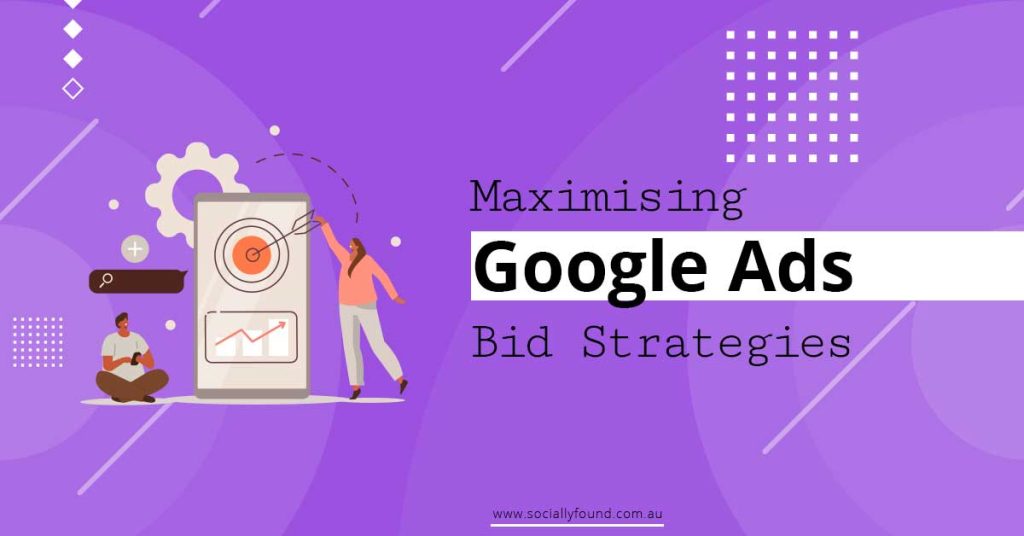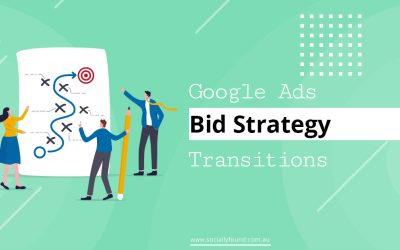
As the landscape continues to develop, it seems that the world of digital advertising is becoming increasingly competitive and complex. With Google Ads being one of the most popular platforms for businesses to advertise their products and services, it has become more important than ever to have a solid understanding of the different bidding strategies available to maximise campaign performance.
However, with the ever-changing landscape of technology and consumer behaviour, it can be challenging to keep up with the latest trends and strategies.
But fear not, as we embark on this journey of maximising Google Ads with bidding strategies in 2023, we will explore the most effective and data-driven approaches to achieve your desired outcomes.
In this article, we will delve into the various bidding strategies available, such as optimising for conversion value, conversions, clicks, impressions, video views, or engagement. We will also discuss how these strategies should align with your campaign goals, and how they impact costs and performance.
So, buckle up and get ready to take your Google Ads campaigns to the next level with bidding strategies that will drive results.
Bidding Strategies Overview
The bidding strategies overview provides a comprehensive understanding of the various bid strategies available in Google Ads campaigns and their impact on ad rank, costs, and performance. The ad quality score is also a crucial factor in ad rank, along with the bidding strategies. Different bid strategies optimise conversion value, conversions, clicks, impressions, video views, or engagement. Selecting the appropriate bid strategy that matches the campaign goals is vital, as it affects costs and performance.
Some bid strategies require conversion tracking, while others allow for more control over cost per click. Smart Bidding strategies focus on conversions and revenue, with Target CPA and Target ROAS being bid strategies based on conversion cost and revenue return. Maximise Conversions and Maximise Conversion Value are automated bid strategies, while ECPC adjusts bids based on conversion probability.
Target Impression Share bids for specific ad positions, while tCPM and vCPM are bid strategies based on impressions and views. Bid limits can be set for Smart Bidding strategies, and portfolio bid strategies allow for automatic bidding across multiple campaigns.
Understanding the different types of bid strategies and setting bid limits are essential for an effective Google Ads campaign.
Smart Bidding Strategies
Smart Bidding strategies are automated bid strategies that aim to optimise conversions and revenue. These bid strategies use machine learning algorithms to adjust bids in real-time based on various signals, such as user behaviour, device, time of day, and location.
Smart Bidding strategies can help advertisers achieve their campaign goals while saving time and effort. Smart Bidding strategies offer automated optimisation and manual control. Advertisers can choose from a variety of Smart Bidding strategies, such as Target CPA, Target ROAS, Maximise Conversions, and Maximise Conversion Value, depending on their campaign goals.
These bid strategies can help advertisers improve their performance and reduce their cost per conversion. However, some Smart Bidding strategies require conversion tracking and historical data to work effectively. Advertisers can also set bid limits to control their costs and adjust their bids manually if needed.
Campaign Performance Impact
Implementing the appropriate bid strategy can significantly influence the performance of a Google Ads campaign and ultimately determine the success or failure of the advertising efforts. Bid strategies have a direct impact on the cost and performance of campaigns, and it is crucial to select the right bidding approach according to the goals of the campaign.
Smart Bidding strategies, such as Target CPA and Target ROAS, focus on conversions and revenue and are recommended for campaigns targeting these metrics. These automated bidding strategies adjust bids based on conversion probability, and bid limits can be set to optimise costs and maintain performance.
Conversion tracking is a crucial aspect of bid strategies. It allows advertisers to track the actions taken by users after clicking on an ad and provides valuable data to optimise bidding strategies. Bid strategies that optimise for conversion value, conversions, or engagement require conversion tracking to function effectively.
Without conversion tracking, bid strategies may not be able to adjust bids based on campaign goals, resulting in suboptimal performance. Therefore, it is essential to set up conversion tracking correctly to leverage the full potential of bid strategies and maximise the performance of Google Ads campaigns.
Frequently Asked Questions
How does the bid auction process work in Google Ads campaigns?
The bid auction dynamics in Google Ads campaigns involve advertisers bidding for ad placement, with ad rank determined by attributes, such as bid amount and ad quality score. Bid adjustment tactics, such as manual CPC or Smart Bidding strategies, can be used to optimise for specific campaign goals.
Can bidding strategies be adjusted or do they need to be set?
Bid strategies can be adjusted during a campaign to increase flexibility. This allows for optimisation based on changing campaign goals and performance. Smart Bidding strategies offer automation and bid limits can be set for more control.
Are there any bid strategies specifically for brand awareness?
Target impression share is a bid strategy that can be useful in brand awareness campaigns. Additionally, brand lift measurement can be used to measure the impact of these campaigns on consumer awareness and perception.
How does the ad quality score affect ad rank in the auction?
Ad quality algorithms use various factors, including ad relevance, to determine ad quality scores. A higher ad quality score can lead to better ad rank in the auction, potentially lowering costs and increasing performance.





